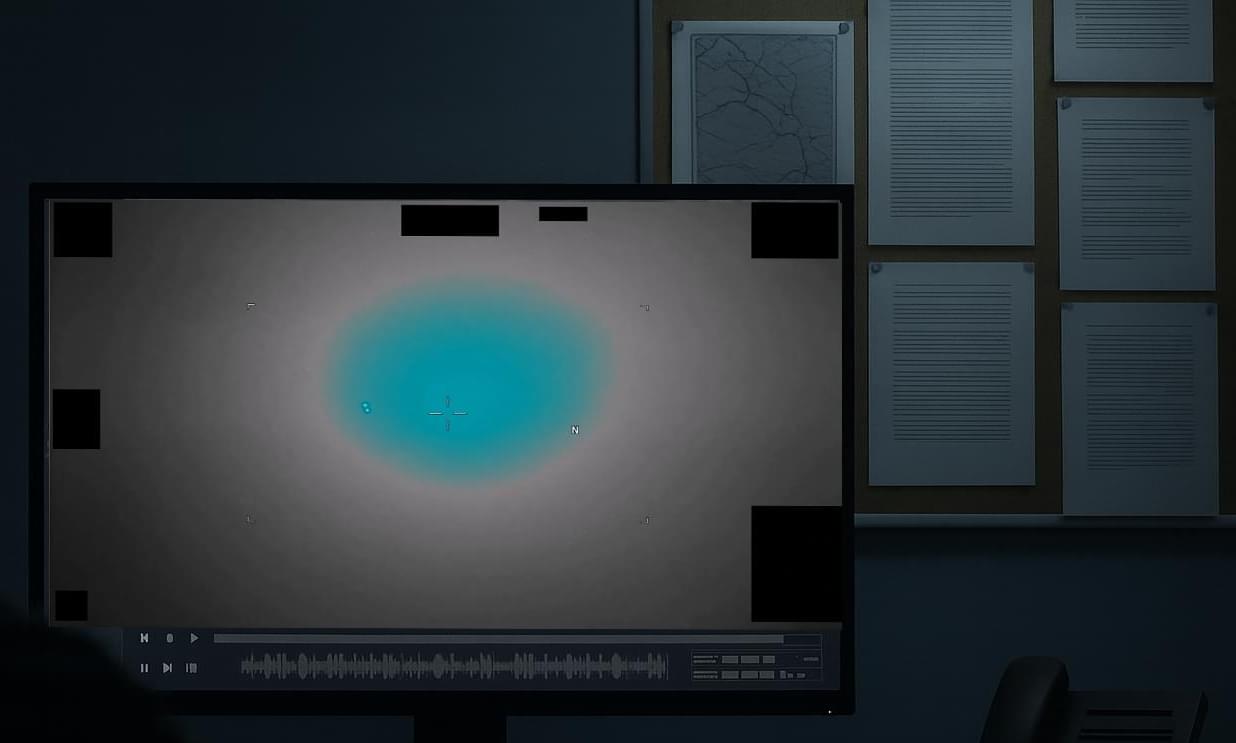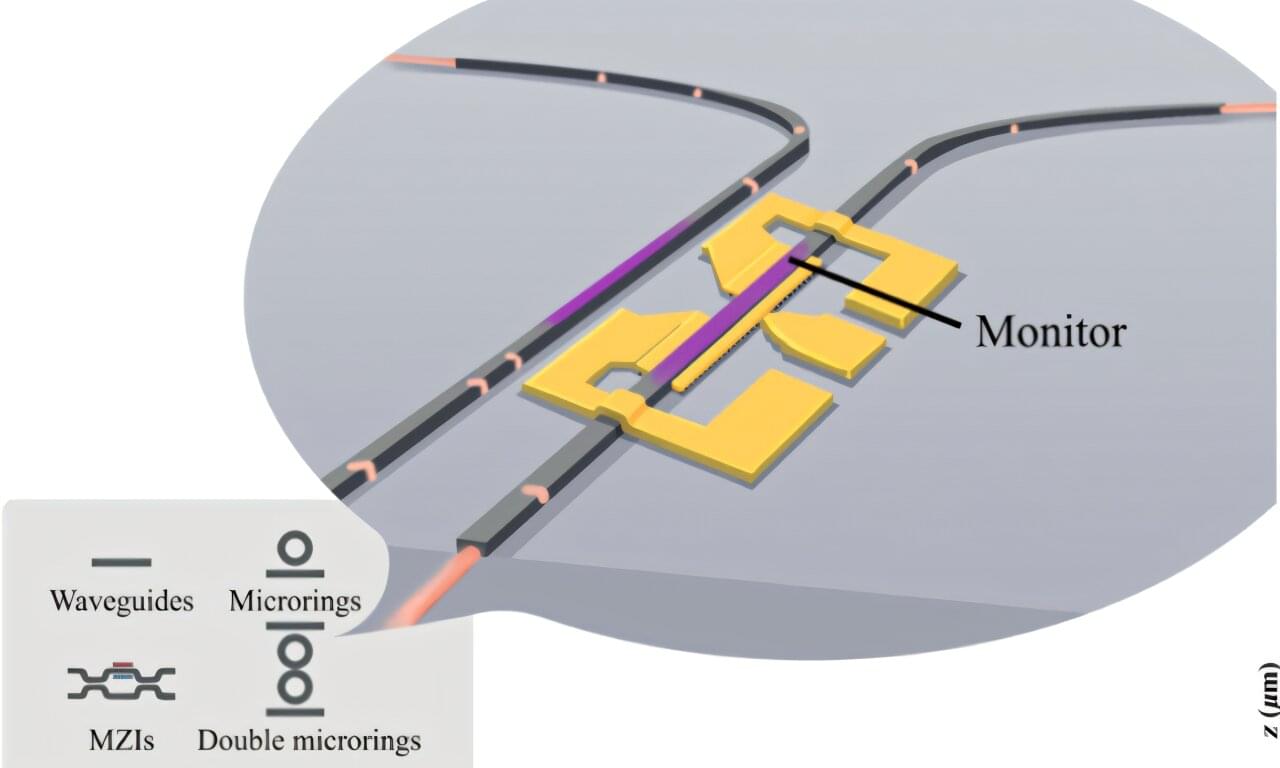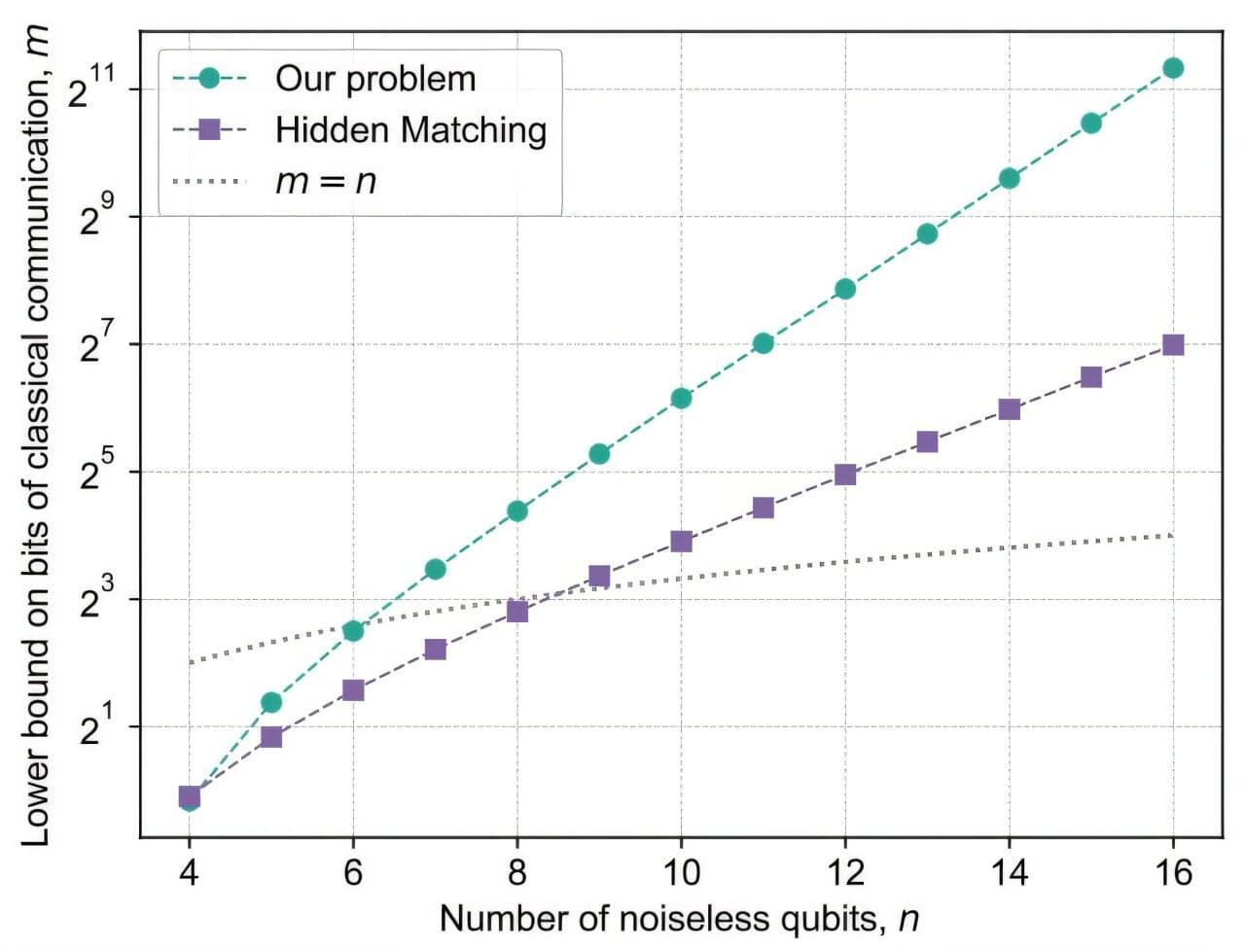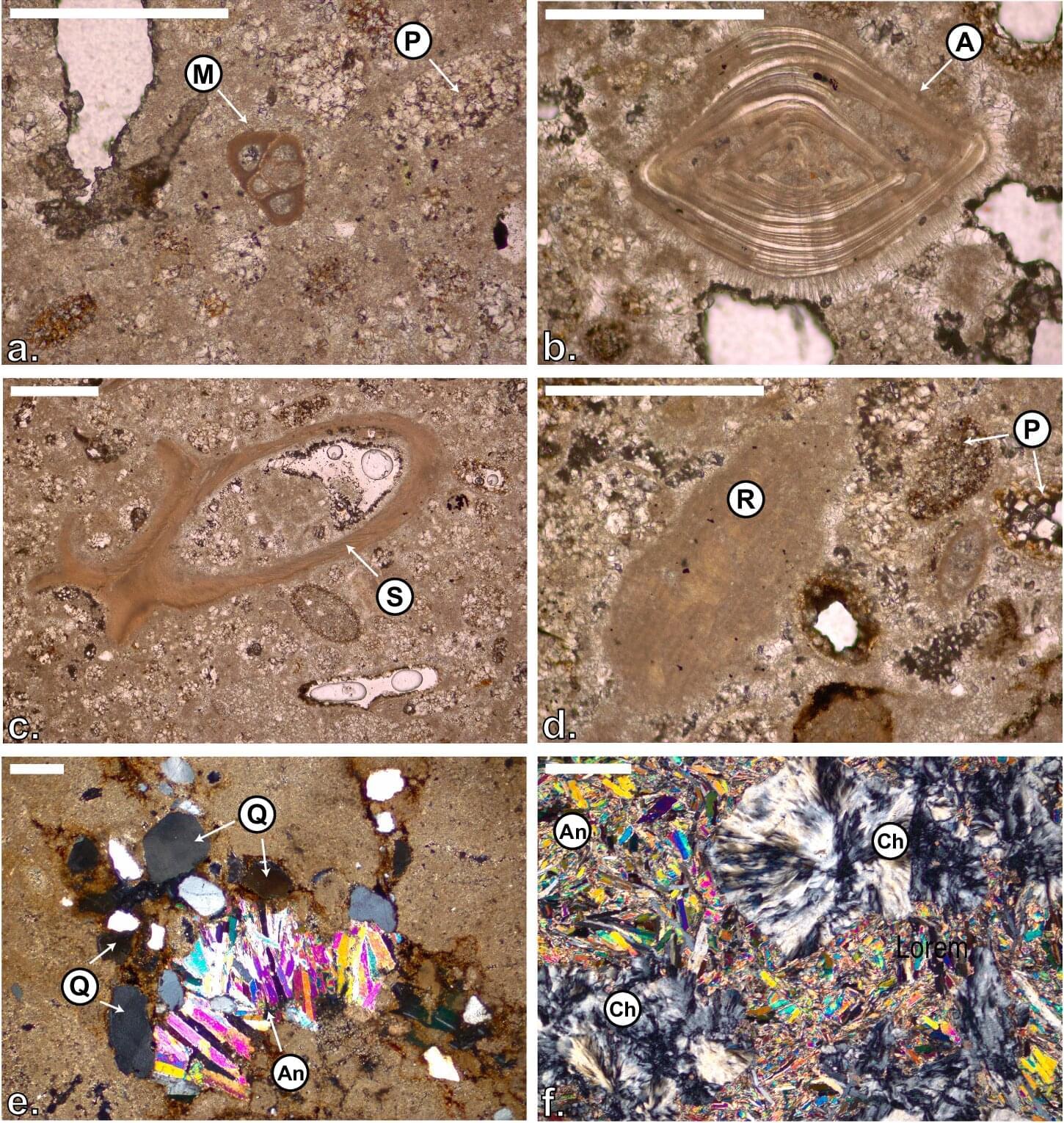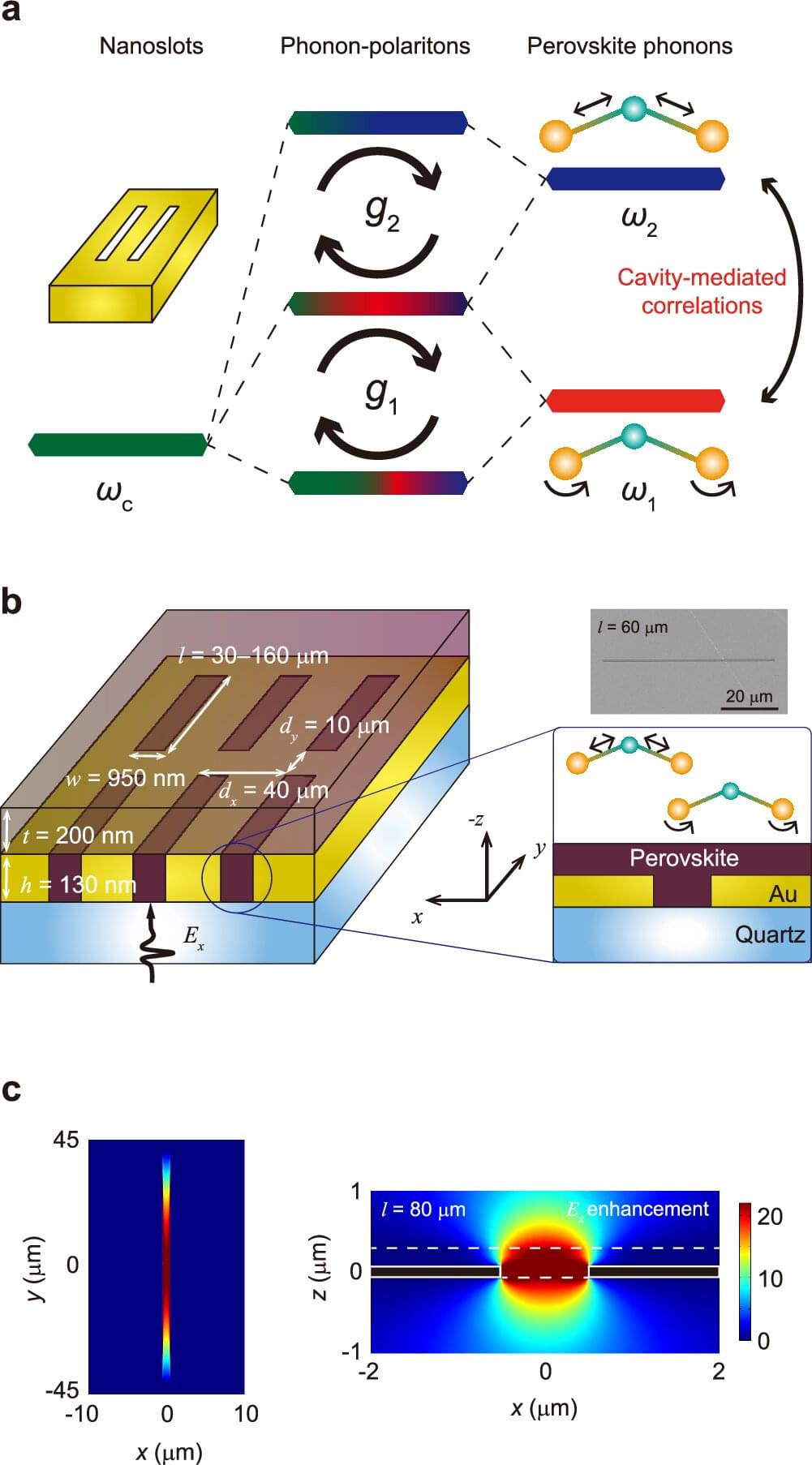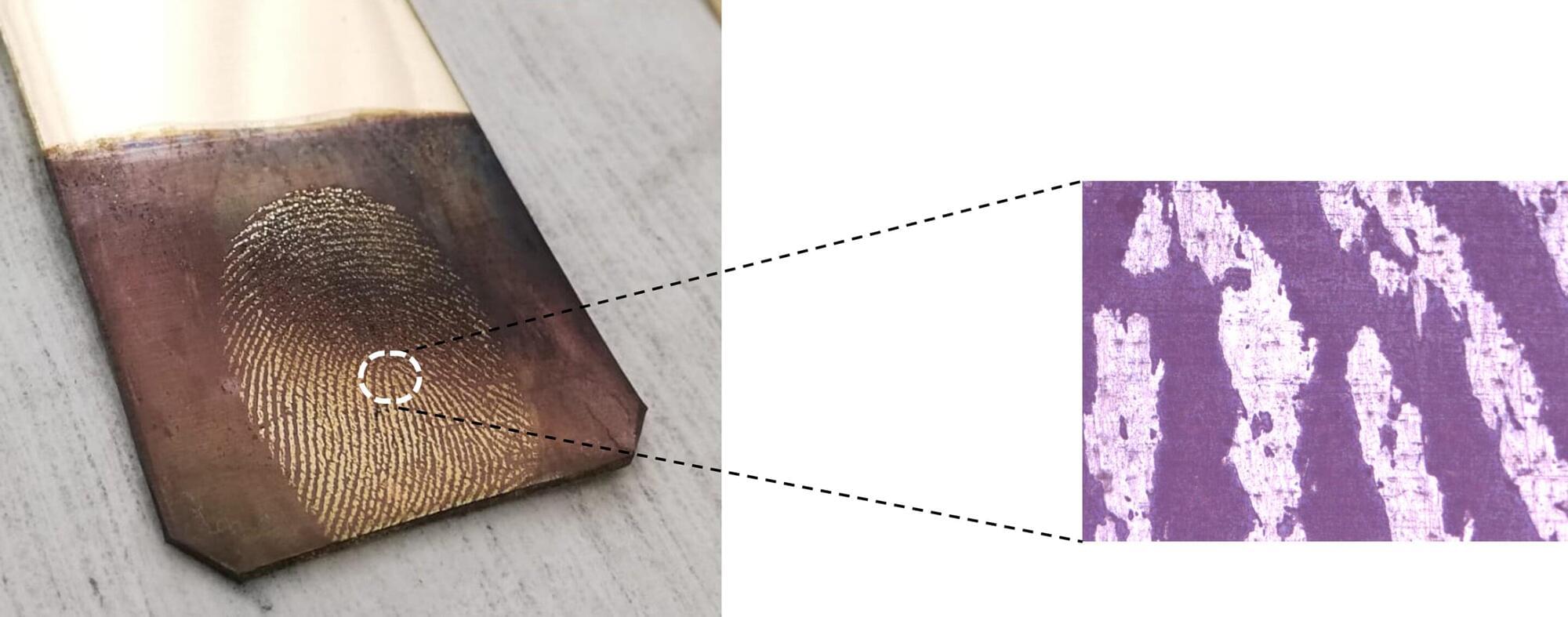Programmable photonics devices, which use light to perform complex computations, are emerging as a key area in integrated photonics research. Unlike conventional electronics that transmit signals with electrons, these systems use photons, offering faster processing speeds, higher bandwidths, and greater energy efficiency. These advantages make programmable photonics well-suited for demanding tasks like real-time deep learning and data-intensive computing.
A major challenge, however, lies in the use of power monitors. These sensors must constantly track the optical signal’s strength and provide the necessary feedback for tuning the chip’s components as required. However, existing on-chip photodetectors designed for this purpose face a fundamental tradeoff. They either have to absorb a significant amount of the optical signal to achieve a strong reading, which degrades the signal’s quality, or they lack the sensitivity to operate at the low power levels required without needing additional amplifiers.
As reported in Advanced Photonics, Yue Niu and Andrew W. Poon from The Hong Kong University of Science and Technology have addressed this challenge by developing a germanium-implanted silicon waveguide photodiode. Their approach overcomes the tradeoffs that have hindered existing on-chip power monitoring technologies.




